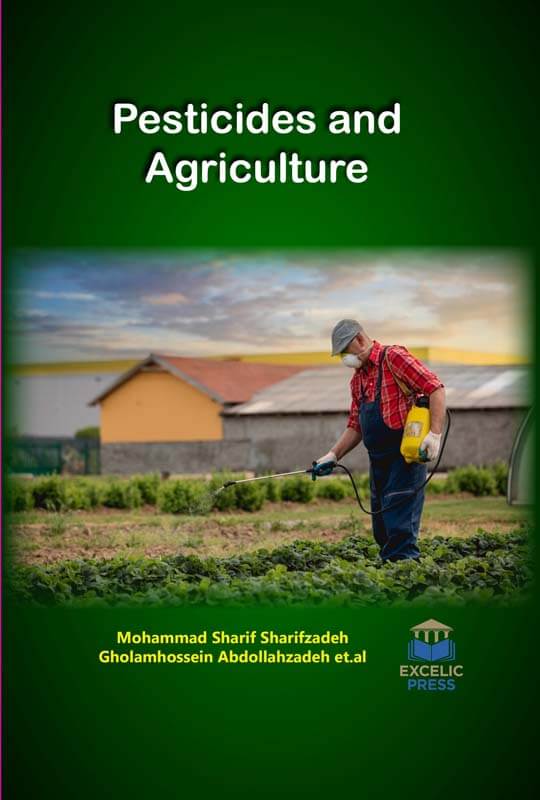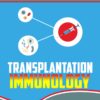Pesticide, a damage control input to safeguard from insects and other pests, is considered to improve nutrition in food, and its use is assumed as an economic, labor-saving, and efficient tool for pest management. Furthermore, the pesticide is believed to improve competitive advantage in agriculture. This is because pesticide use is deemed essential for retaining current production and yield levels, as well as maintaining a high-quality standard of life. These chemicals quickly gained great popularity as an efficient, labor-saving, and economic tool in pest management in most agricultural sectors. They protect plants against harmful insects, fungi, and weeds, and also prevent some human diseases. Over the last 60 years, farmers have achieved major progress in foodstuff production via the application of pesticides. Prevention or reduction of pest activities and agricultural losses at a reasonable cost improved crop yields and promoted food availability during all seasons.
This book presents clear outlines of significant factors in chemical pesticide use and their effects. Deliberating the range of effects of pesticides on food and human safety, water quality, wildlife, and pest management, this book explores the agricultural, economic, and regulatory factors that affect pesticide use. A review of the literature indicates that farmers’ beliefs about pesticide performance are one of the most important criteria for choosing and using pesticides. The industrialization of the agricultural sector has increased the chemical burden on natural ecosystems. Pesticides are agrochemicals used in agricultural lands, public health programs, and urban green areas in order to protect plants and humans from various diseases. However, due to their known ability to cause a large number of negative health and environmental effects, their side effects can be an important environmental health risk factor. The urgent need for a more sustainable and ecological approach has produced many innovative ideas, among them agriculture reforms and food production implementing sustainable practice evolving to food sovereignty. Residues of pesticides can be found in a great variety of everyday foods and beverages, including for instance cooked meals, water, wine, fruit juices, refreshments, and animal feeds. This current book aims at highlighting the urgent need for a new concept in agriculture involving a drastic reduction in the use of chemical pesticides. The book also intends to assess the economic impacts of pesticide regulations and the ecological impacts of pesticides in the agricultural ecosystem. People, who work on their farms and live in agricultural areas, are exposed to organophosphate, a synthetic pyrethroid, and glyphosate pesticides. The objective of this book is not to revisit all the basic definitions of pests, pesticides and their effects on the environment as well as human health; it, however, seeks to discuss the real but intricate web of interactions between human beings and their environment based on the realities of life in the 21st century; this entire discussion will be against the backdrops of environmental sustainability and economic returns to human beings.
This book will be of interest to students, engineers, researchers, who make use of those different studies to understand the toxic aspects of pesticides.














Reviews
There are no reviews yet.